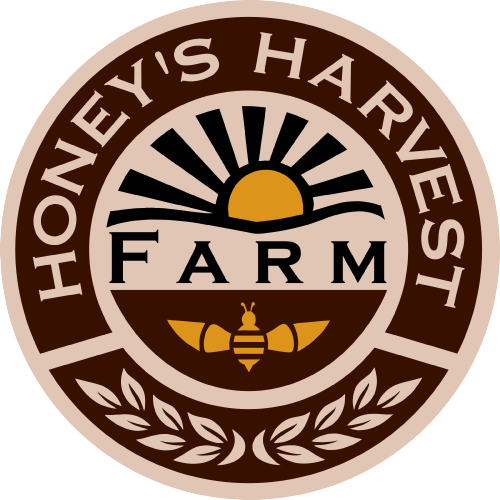From Tobacco to Hemp: A Farm’s Evolution (Part 1)
Clyde Bowen didn’t want to sell his farm to just anyone. Although he couldn’t work his land anymore due to rheumatoid arthritis, he wanted to transfer it into capable, caring hands. And the hands he had in mind were those of Morris Fowler.
Morris Fowler was a local farmer who owned a couple farms and rented several more. He was well known for his respect of and love for the land and for his beautiful crops. His daughter, Anne Marie, said, “He could walk out into a field and pick up a handful of dirt, and feel it, and smell it, and tell you all about it.”
Mr. Bowen contacted Mr. Fowler and asked him to bring his family and come visit the farm. At that time, in 1959, the original farmhouse on the property had no heat, no air conditioning, and no water. What it did have was a hole in the wall. Mr. Fowler didn’t care about the building, though; his eyes were on the land, and his daughter remembered him saying, “This is the most beautiful farm.”
Even though he wanted to buy it, he told Mr. Bowen that he didn’t think he could with all his other commitments. Clyde asked him what he could do to make it possible for Morris to buy the farm. In the end, Mr. Bowen held the mortgage until Morris could pay it off. The Fowlers moved onto the farm in 1962. For many years, Morris Fowler was the heart and soul of what is today Honey’s Harvest Farm. Other farmers would drive by the property simply to see his crops, which were widely thought to be the handsomest in the area.
Tobacco was the Fowlers’ biggest revenue crop. They would plant the tobacco seeds in large, square beds with a thin piece of cotton spread across them to keep the moisture in and the sun out. Anne Marie recalled that once her father accidentally planted instant coffee in the seedbeds instead of tobacco; the two look very similar. The plants would grow under the cotton until they were about six or seven inches tall.
Then the farmers would pull the plants, put them in a basket, and mount the planter. Two people could sit on the planter, which drove forward as they sat with their legs straight out in front of them and dropped the young tobacco plants in the soil when the planter clicked, letting them know that it had dropped fertilizer. Anne Marie described the process as grueling. After the tobacco was planted in the field, the farmer had to cultivate and maintain it.
The plants grew to be four and a half to five and a half feet tall. When the blooms appeared on the end of the big stalks, the farmer and his assistants had to go through the fields and remove the blooms by hand. This was called “topping.” If they didn’t do this, the plant would rot from the center. At harvest time, the workers came around with large, machete-like knives.
They leaned over from the waist, grabbed the plants close to the ground, and cut them off at the base, laying each plant out flat in a row. Once the plants were cut, they were then speared through the trunk onto a cylindrical wooden tobacco stick, which fitted four to five plants. These sticks were loaded onto a wagon, driven into the tobacco barns, and hung to cure.
In the fall, the cured plants were taken down and stripped of their leaves. Then the farmers packed them in bundles into wooden barrels called hogsheads. Farmers in this area had two options for selling their tobacco: they could take it to the loose-leaf market in Upper Marlboro or to the hogshead market in Baltimore. Mr. Fowler preferred the hogshead market; there, if he didn’t like the price the auctioneer offered, he could reject it and bring his tobacco back when he felt the market would afford a better price.
Although tobacco was the crop that brought in the most income, corn took up the majority of the farm’s acreage, as it was easier to plant, maintain, and harvest. Occasionally Morris also grew soybeans.



